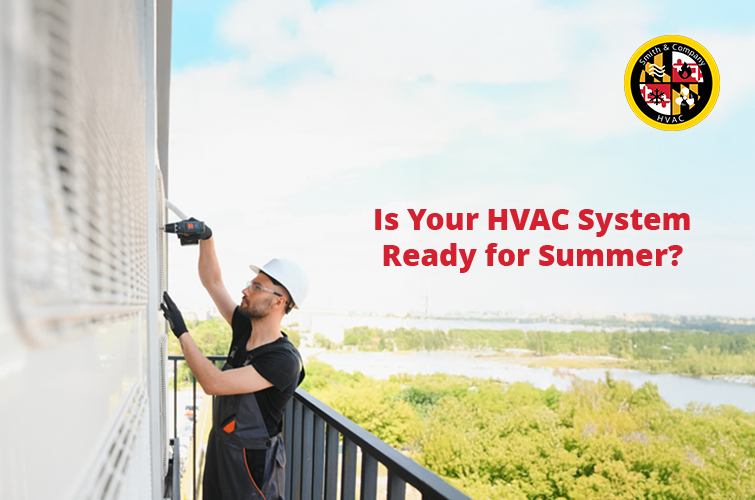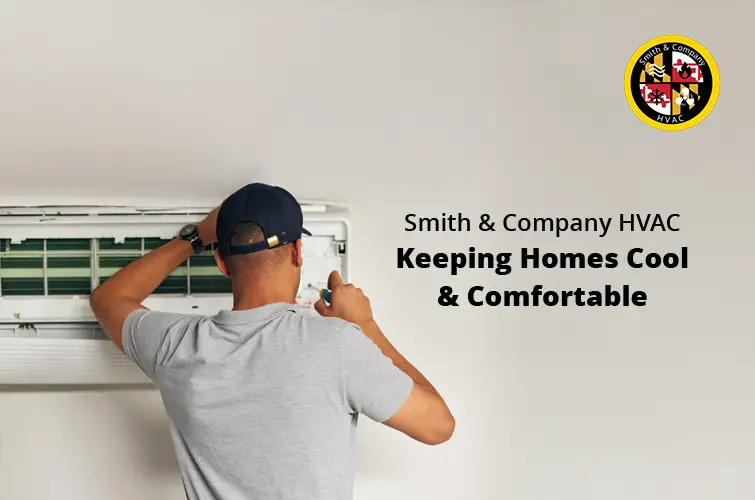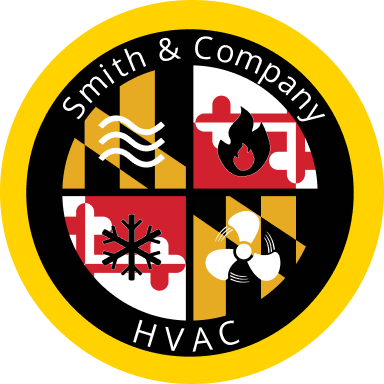
Summer is just around the corner, and your HVAC system will soon be working overtime to keep your home cool. According to the U.S. Energy Information Administration, heating and cooling account for nearly 50% of a household’s energy use. If your HVAC system is outdated or struggling, it could cost you more in energy bills and repairs than an upgrade would.
A failing HVAC system won’t just make your home uncomfortable—it can lead to higher utility costs, frequent breakdowns, and poor air quality. Upgrading before summer ensures your system runs efficiently, keeping your home cool while saving you money. But how do you know when it’s time for an upgrade? Look out for these warning signs.
1. Your System is More Than 10-15 Years Old
Like any appliance, HVAC systems don’t last forever. If yours is over 10-15 years old, it’s likely less efficient than newer models. Even with regular HVAC maintenance service, aging systems lose efficiency, causing higher energy bills and more frequent repairs.
Older systems may also struggle to keep up with extreme summer temperatures, making your home feel warmer than it should be. Additionally, outdated units often lack modern energy-saving technology, resulting in higher costs for less comfort.
New ENERGY STAR®-rated HVAC systems use significantly less energy, which means lower costs and improved performance. Instead of constantly repairing an old unit, consider an upgrade that will pay off in energy savings and long-term comfort.
2. Your Energy Bills Keep Rising
Have you noticed your energy bills increasing each summer? While some fluctuation is normal, a steady rise without changes in usage could mean your HVAC system is working harder than it should.
Older systems use more energy to produce the same cooling effect, leading to higher utility bills. If your cooling costs have been steadily climbing, even when your thermostat settings remain the same, it’s time to consider an upgrade.
New high-efficiency HVAC systems consume up to 40% less energy than older models, resulting in significant cost savings over time. A new system will pay for itself in lower utility bills and fewer repair expenses.
3. Frequent Breakdowns and Costly Repairs
If your HVAC system needs frequent repairs, it may be nearing the end of its lifespan. Some telltale signs include:
- Inconsistent cooling performance
- Strange noises (banging, rattling, or screeching)
- Leaking refrigerant or water buildup
- Burning smells or musty odors
Replacing major components like compressors, evaporator coils, or blower motors can be expensive. If you’re facing a major repair bill, compare the cost to a full upgrade. Investing in a new system often makes more financial sense than continually fixing an old one.
4. Your Home Has Uneven Cooling
Do some rooms in your house feel too hot while others remain cool? Uneven temperatures indicate your HVAC system isn’t distributing air properly.
Several factors could be at play, including:
- Aging ductwork with leaks or blockages
- An undersized or overworked HVAC unit
- Poor airflow due to a failing blower motor
An upgraded HVAC system, paired with professional ductwork evaluation, ensures even cooling throughout your home. It also improves indoor air quality by removing excess humidity and filtering out airborne pollutants.
5. Your AC Runs Constantly or Cycles On and Off Too Often
If your AC is running non-stop, it could be struggling to keep up with demand. This often occurs when the unit is either too old or too small to meet your home’s cooling needs. On the other hand, if it short cycles (turns on and off frequently), it may be overworked or failing.
Constant cycling causes:
- Excessive wear and tear
- Higher energy consumption
- Inconsistent indoor temperatures
An HVAC system that cycles too often wastes energy, shortens the unit’s lifespan, and increases cooling costs. Upgrading to a properly sized unit enhances efficiency, improves cooling performance, and yields greater energy savings.
6. Poor Indoor Air Quality and High Humidity Levels
Your HVAC system does more than cool your home—it also regulates humidity and air quality. If you’ve noticed:
- Musty odors
- Excess dust buildup
- Increased allergy symptoms
- Sticky, humid indoor air
… your system isn’t filtering air effectively.
Newer HVAC models feature advanced air filtration systems that enhance indoor air quality by removing allergens, dust, and excess humidity. If your home feels stuffy or your air seems stale, an upgrade can make a noticeable difference.
7. Your System Still Uses R-22 Refrigerant
If your HVAC system uses R-22 refrigerant (also known as Freon), it’s time for an upgrade. The EPA banned R-22 production due to its harmful environmental effects, making it expensive and difficult to find.
Newer HVAC models use eco-friendly refrigerants like R-410A, which improve efficiency and lower environmental impact. If your system still relies on R-22, it’s best to replace it now rather than face costly refrigerant shortages later.
8. Your Thermostat Struggles to Maintain the Right Temperature
If you’re constantly adjusting the thermostat, your HVAC system may be struggling to maintain a consistent temperature. This could be due to an outdated unit, failing components, or poor thermostat calibration.
Upgrading to a smart thermostat with a new HVAC system can optimize temperature control, reduce energy waste, and save up to 10-15% on cooling costs.
Smith & Company HVAC – Your Trusted HVAC Partner

Upgrading your HVAC system before summer ensures comfort, efficiency, and lower energy bills. At Smith & Company HVAC, we specialize in:
- HVAC maintenance service and inspections
- Energy-efficient HVAC system upgrades
- Smart thermostat installation
- Ductwork evaluation and repairs
- Indoor air quality improvements
Get expert HVAC services to prepare for summer. Call us to schedule a consultation online today!
